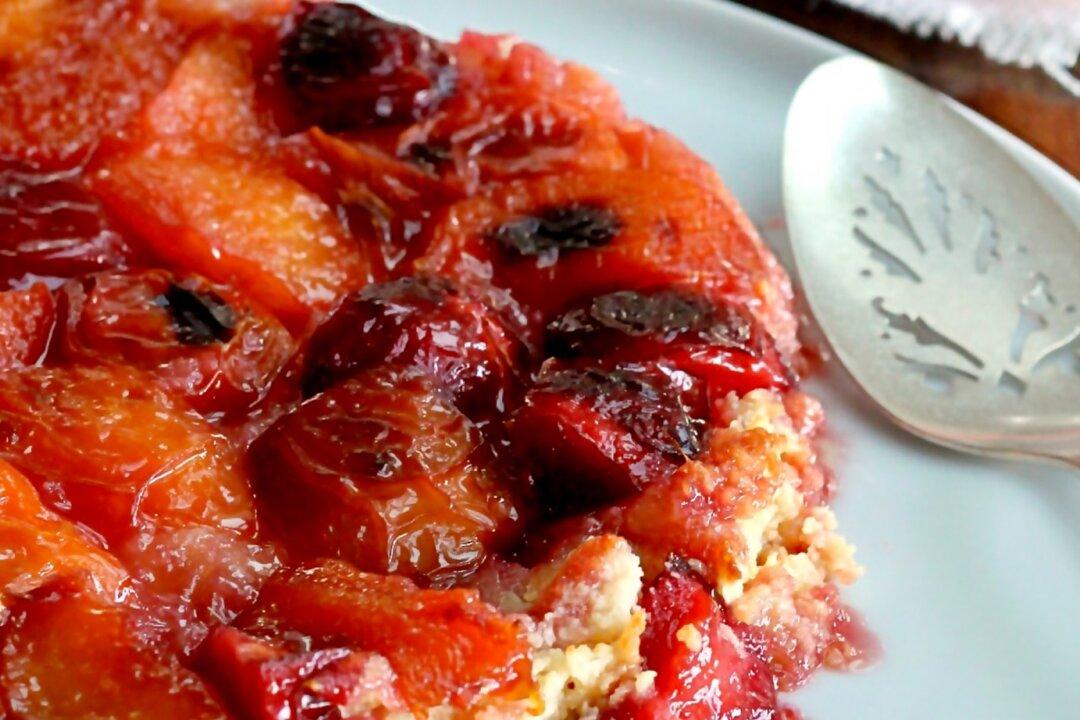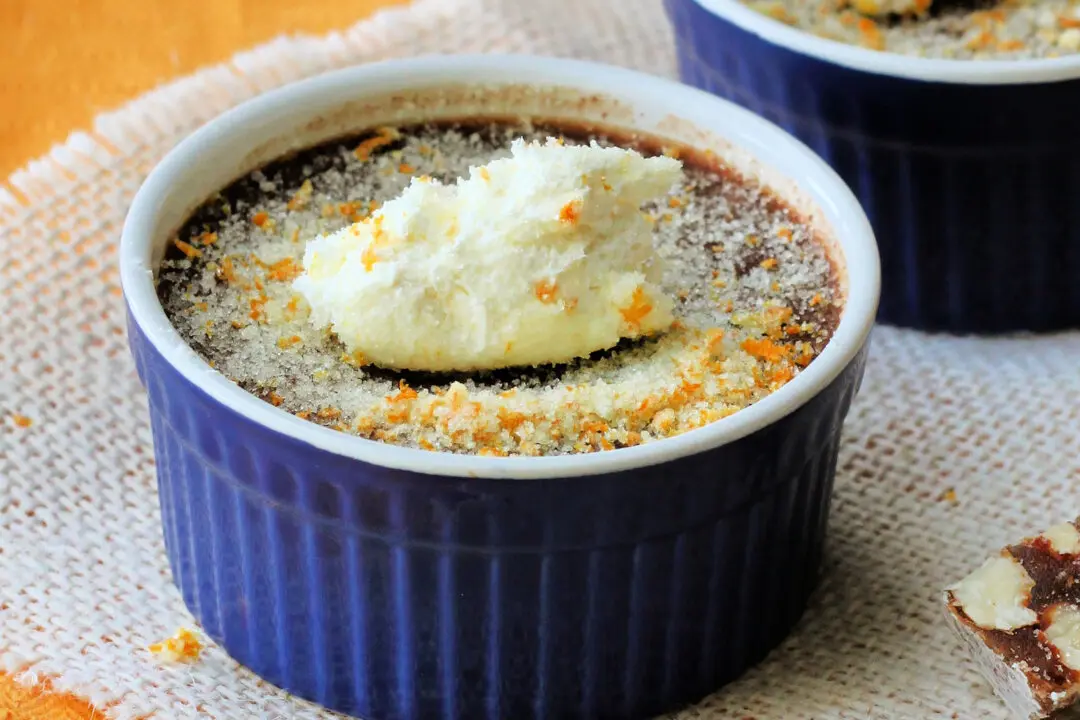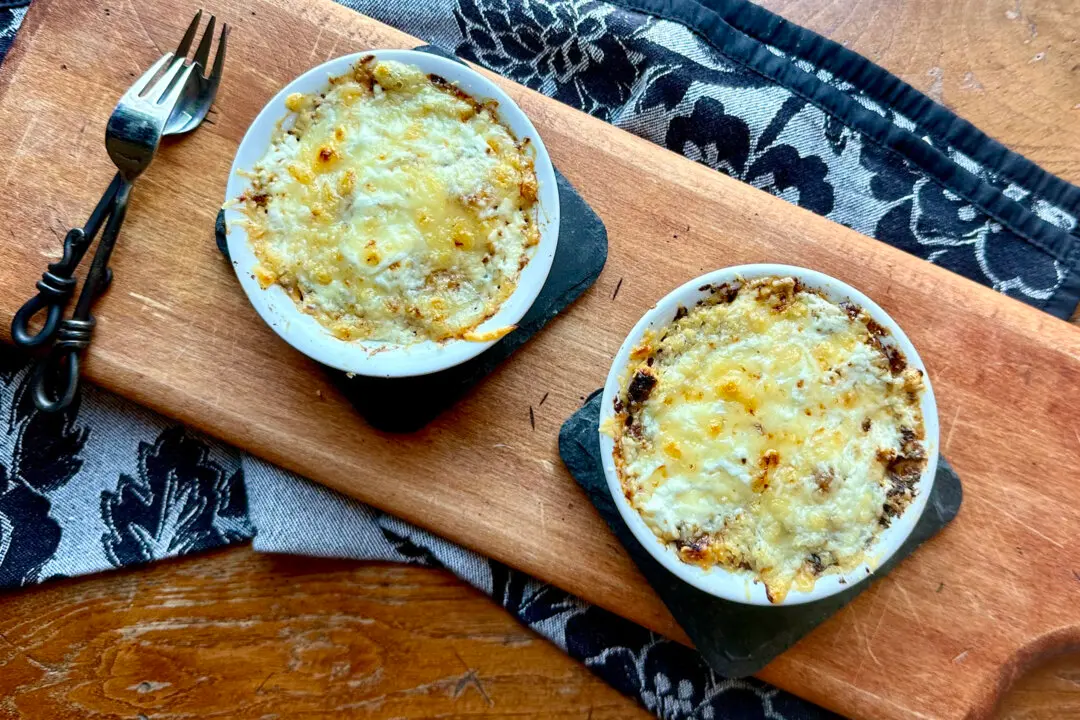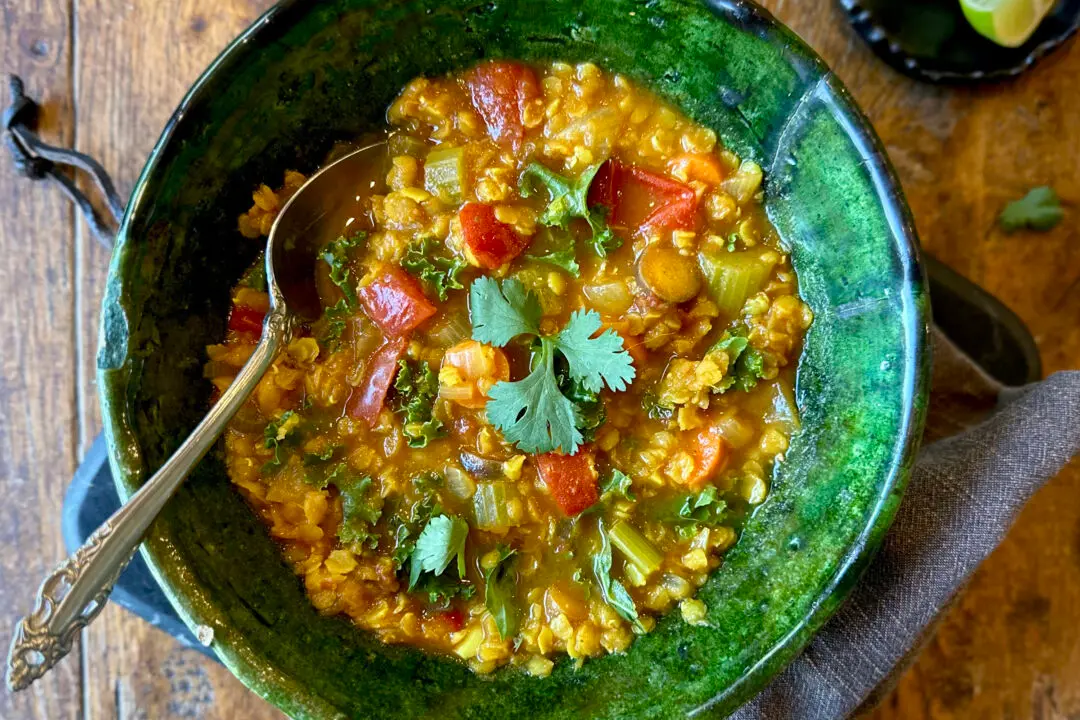It’s summer, and I’m greedy. The stone fruit is impossible to resist right now. The farmers markets are teeming with peaches, nectarines, and plums. I oblige and bring home bags stuffed to the brim, only to return for more the next day. It really isn’t a challenge to slurp through the juicy bounty, but when there is a little too much, the older fruit is quickly transformed into a baked dessert.
Tarte Tatin, an upside-down caramelized tart, is a beautiful way to showcase summer stone fruit. If you follow this column, you know that it’s one of my favorite desserts to make. I am not a patient baker, yet this dessert is unfailingly patient with me, allowing me to, well, make a mess—crumbs, dribbles, jagged edges and all. It doesn’t matter one bit, because this dessert is famously and unflappingly forgiving. Imperfection is OK, and the results are consistently delicious.





